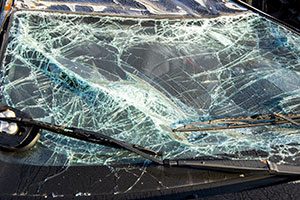In Part One of this two-part post, I outlined how seven U.S. war veterans were killed, and three other individuals seriously injured, when a Massachusetts truck driver plowed into them while allegedly high on illegal drugs. Making this tragedy even worse was the fact that several other states had issued written warnings to Massachusetts Department of Transportation and Massachusetts Registry of Motor Vehicles officials, that the truck driver responsible for these motor vehicle fatalities, had been previously arrested in several other states for drunk and drugged driving offenses. Upon receipt of this kind of notice, Massachusetts DOT and RMV officials were required to immediate suspend that truck driver’s Commercial Drivers license (CDL), but they didn’t. Why? An investigation revealed that thousands of similar such notices from out of state police departments and DMV’s had been – literally – stuffed into boxes in a storage facility in Quincy, un-acted on. The envelopes of these out of state arrest notices were never even opened by RMV staff.
Words are begged for an adequate description of this story. “Mismanagement” doesn’t describe it. “Incompetence” doesn’t come close. Additional media reports about this literally unbelievable story, have revealed that Massachusetts RMV officials knew that these out-of-state license suspension notices, sent in writing to the Massachusetts RMV, were stuffed into dozens and dozens of storage boxes – never acted on – and stored in a state facility. All the while, well over 1,000 dangerous Massachusetts drivers, whose Massachusetts licenses should have been suspended by the RMV, remained on the road, every day. Death and carnage just waiting to happen. As of today’s date, media reports indicate that almost 870 additional Massachusetts drivers have been identified by the RMV as drivers that should have previously had their licenses suspended due to various driving offenses, but never did. That pushes the total of recently suspended Massachusetts drivers licenses, to nearly 2,400. That level of negligence is outrageous. Continue reading
 The Kickham Comment - Boston Accident Lawyer Blog
The Kickham Comment - Boston Accident Lawyer Blog















